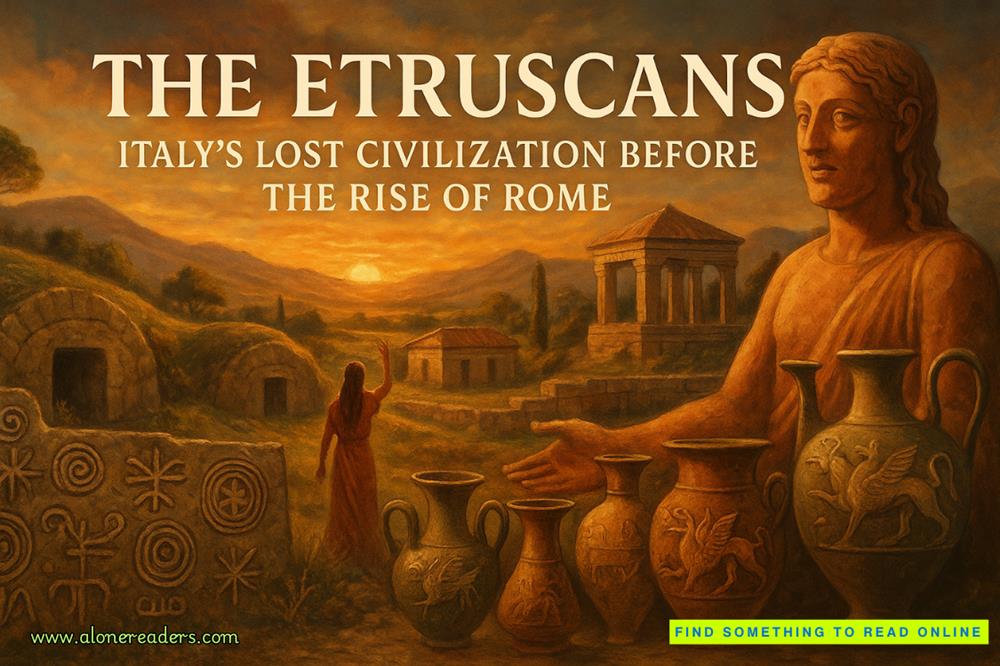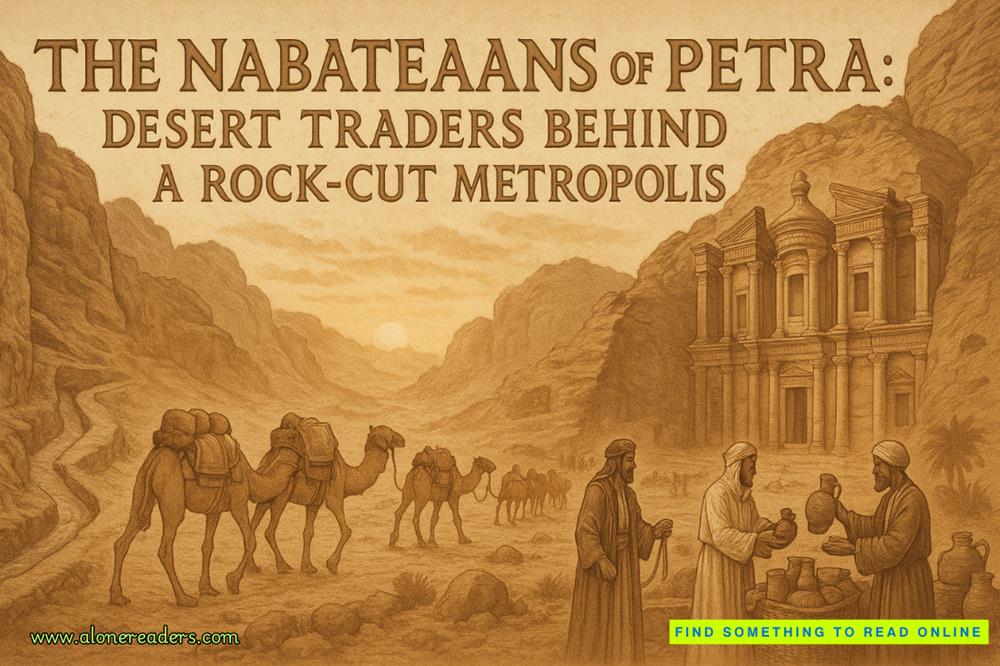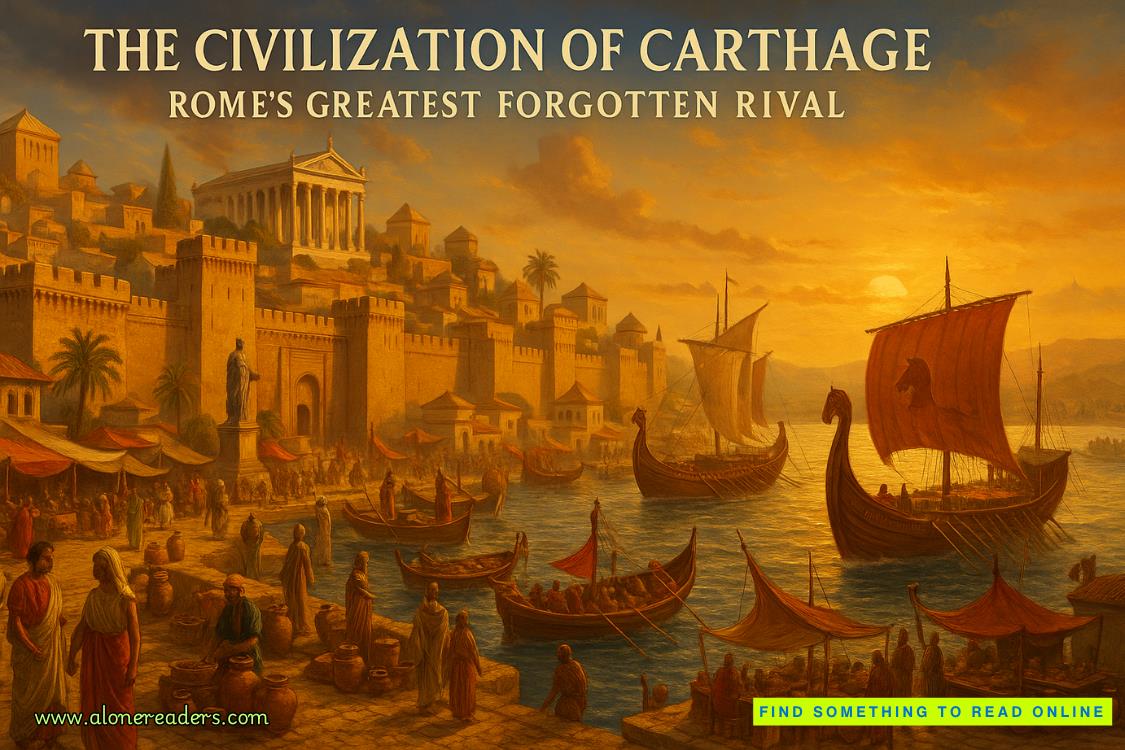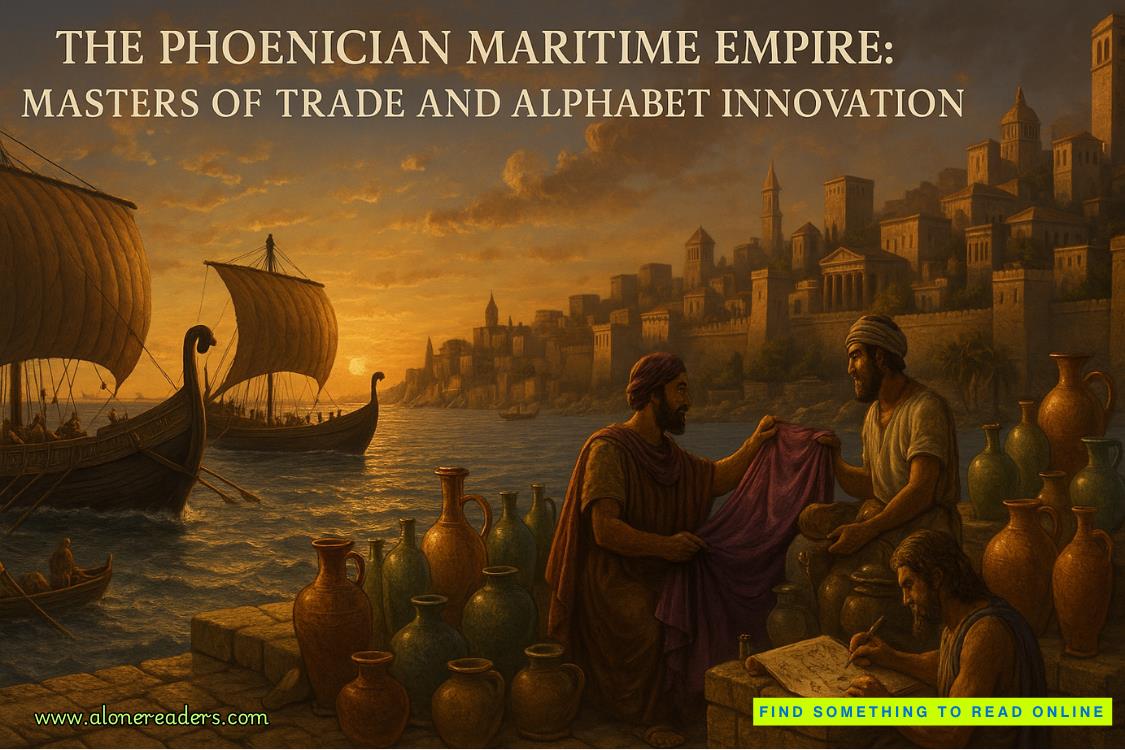Page 29 of Obsession Under the Southern Stars
Zoe’s busy smoothing conditioner over her hair, and she pulls her hood on over it. I concentrate on my own equipment. This morning, I want to orient her around the wreck, so Idon’t bother with too many archaeology tools, but I do take the waterproof slate so I can write messages to her.
Manu is ready before us, and he and Hori descend together toward the hold on the deeper part of the reefs.
When Zoe’s ready, the two of us sit on the edge of the boat and I triple check her scuba gear and make sure she has everything she needs. When I’m finally happy, I say, “You ready?”
She nods, her green eyes bright behind her mask.
“Then let’s go.” With a grin, I tip back into the water, and she follows suit. We insert our regulators, make sure the air is flowing, and then begin to swim down.
Zoe keeps close to me, and I swim slowly, checking occasionally to make sure she’s comfortable. She gives me the okay sign each time, so we follow the reef down, exploring the nooks and crannies as we go.
There’s a whole world under the water, as different and alien as if we’ve flown all the way to Mars. Tangaroa, the Maori god of the sea, is putting on his best show for Zoe today, and the visibility is excellent. We see Kokiri fish or Leatherjackets with their distinctive rugby-ball shape, Marblefish hiding in the seaweeds, red Toadstool Gropers and black-and-yellow-striped Lord Howe Island butterflyfish, and at one point an Eagle Ray swims slowly past us, making Zoe’s eyes widen behind her mask.
Colors change the deeper you go in the water, with reds fading around six meters and oranges at fifteen meters. As many ocean creatures are reddish, they’re well camouflaged, so we’re frequently surprised as groups of fish emerge from holes in the reef to swim past us.
My dive computer has just told me we’re nearing sixteen meters or fifty feet when the first parts of the Relentless emerge from the gloom. The fifty-five-ton schooner broke its back on the reef in 1851, and it’s now lying on its side, the upper portion ofthe ship resting on the shallower rocks in front of us, while the lower part has descended another fifteen meters or so down into the darkness.
We begin swimming around it, so I can show her how it’s lying, and where the foremast and mainmast are resting on the rocks. The sails have gone, of course, but the skeleton of the ship remains, its structure quite clear.
We swim along the upper deck toward the bow. This front half of the ship is almost intact, and I imagine the feet that must have walked along these planks. We even know some of the names: William Puckey, the mate, William Fairburn, as supercargo—the guy responsible for overseeing the cargo and its sale, and Gilbert Mair, the captain. None of them drowned on the ship; there are no bodies on board.
Zoe takes her time, watching the fish that swim in and out of the holes in the deck and examining the iron rivets that survive. I hope we manage to find something of interest in the hold for her. We’ve already uncovered several artifacts from here, including sealed glass bottles of what appears to be beer, crockery and cutlery from the cabin, and a fantastic, intact sextant, used for navigation.
I attract her attention and gesture up where the bow of the ship rests on the reef ledge above us. She nods and pushes up, and we swim around, then turn and face the ship.
Her face lights up as she sees the figurehead attached to the front. It’s carved in the shape of the top half of a woman. She has long wavy hair, and the neckline of her dress has slipped to reveal one shoulder and one bare breast, which is common for figureheads. The most amazing thing about her is that traces of paint remain. Her dress was clearly blue, as were her eyes. I turn my flashlight on her, and Zoe’s eyes widen as the woman’s hair turns red.
She looks at me, then, and the delight in her eyes warms me all the way through, despite the coldness of the ocean around us. I love that she’s as excited about this as I am. I hold out my hand, and she slides hers into it, and we squeeze each other’s fingers, communicating our pleasure.
After that, I take her down to the galley, and we’re able to examine the iron stove and the items we haven’t yet been able to retrieve, including a wooden bucket she seems particularly fascinated with.
She writes on the waterproof slate: Can we remove it?
It’s not in great condition and of no great historical significance, and ordinarily we’d have left it here, but I understand why she’s desperate to bring something back with her. We’ve already photographed and marked the location of all these objects. So I nod. We take out our brushes, and I show her how to remove the silt and stones that have lodged it in place without disturbing the water too much. It’s not valuable enough to warrant a metal frame or special wrapping, but we wrap it and place it in a bag.
When the dive computer tells me we’ve been under the water for close to thirty minutes, I give Zoe a thumbs up, and she nods, and together we inflate our buoyancy control devices, then begin a slow ascent, following the anchor line. We haven’t been deep enough to worry about decompressing, and so when we reach the surface, we climb up onto the boat, then take a seat for a brief rest. Hori and Manu are already there, about to get back in for their second dive.
I hand the bag to Emma, and we lift ourselves up onto the boat. We remove our dive hood, scuba gear, and then our wetsuits, and pull on hoodies and wrap ourselves in towels. Then I help Zoe take the bucket out of the bag and unwrap it as carefully as I can.
Emma peers at the broken slats of the bucket with its heavily rusted iron frame. “Interesting.” She gives me an amused look.
“Zoe wanted to bring it up,” I say, and Emma smiles.
“Don’t mock me,” Zoe says. “It’s my first dive artifact. Look at it! Someone used this to carry water or mop the floor. Nobody’s touched it for about a hundred and seventy years!” She’s pushed her dive hood back, and her damp hair is uncharacteristically ruffled, but she doesn’t seem to care. “That was amazing!” She holds the bottle out to me without thinking.
This is a common occurrence, and I take it, unscrew the lid, and pass it back to her, and she has a few mouthfuls. “You enjoyed it?” I ask, pleased, taking my own bottle.
“Joel, the fish! There were so many of them! And that ray, what was it?”
“An Eagle Ray.”
“It was so close to me—I could have reached out and touched it! And oh my God, the ship. I can’t believe there’s so much of it intact. Just the top half though, right?”
“Yeah, the bottom half is further down.”
Her eyes meet mine. “It’s magical, Joel. Like another world down there. I mean I’ve done my sea dives to get the certificate, but it was completely different to this, and seeing the ship…” She struggles to find the words.
“I always think wrecks are so sad,” Emma says. “She seems so lonely and broken, alone in the darkness.”















